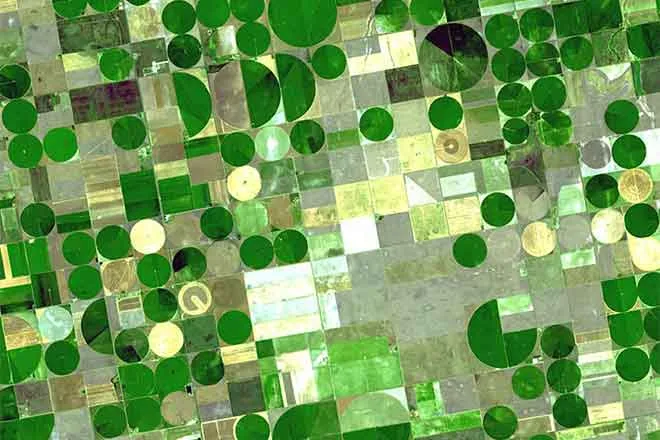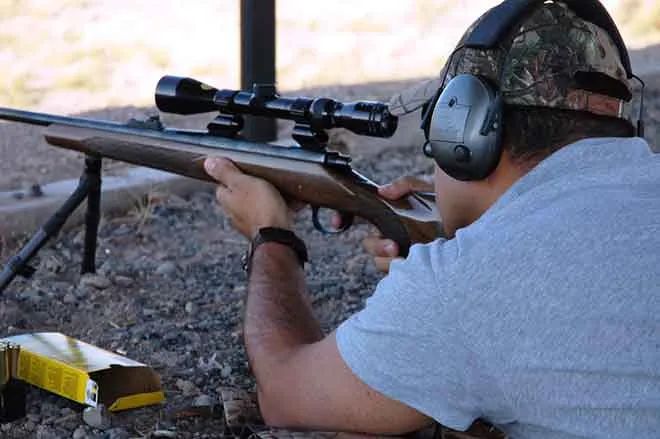
Colorado Parks and Wildlife's 2022-23 pheasant and quail hunting seasons update
Pheasant populations across the eastern plains of Colorado will be similar to 2021. For 2022 in northeast Colorado, pheasant call count surveys showed an average increase of 12% from 2021, suggesting that pheasant populations slightly improved year to year, although the crowing count data was still significantly lower than the last 15 years’ average. Crowing Counts are an index only and make no prediction about nest success and chick recruitment, which is expected to have been poor in 2022, considering the severe drought since 2020 which enveloped the core and secondary pheasant range over the winter and spring, finally subsided in May of 2021, and then hit again in June/July 2021 continuing through the present. In southeast Colorado, crowing counts are lower than in the northeast, which is very typical for the area. Weather conditions in the southeast were on average much better in 2022, although much of the precipitation fell after the primary nesting and brood-rearing season. The lack of habitat is a continued concern for southeast Colorado, as are the long-term impacts of drought.
Hunters harvested an estimated 19,900 pheasants in Colorado in 2021-22 which is the lowest on record and an indicator of the severity of the ongoing drought conditions. While stripper head harvested wheat stubble has helped slow pheasant declines, the lack of permanent grass cover, good brood habitat and generally unfavorable weather is severely restricting bird numbers right now. Compounding matters further is the quality and amount of undisturbed Conservation Reserve Program (CRP) lands have drastically declined over the last several years, roughly since 2011.
NE Colorado (Yuma, Phillips, Sedgwick, Logan, Washington, Morgan, and SE Weld Counties)
Spotty is a continuing theme for the northeast portion of Colorado. Populations across the region will be similar to 2020. Conditions were drier than optimum last winter, which slowed nesting cover development and early brood habitat this spring. Unlike 2021, May remained dry in 2022and this theme continued in June. July was very dry, however, which is problematic, as the bugs pheasant chicks forage on need periodic rainfall to be abundant. Conditions did not improve until some rain fell in September, but drought remains on the northeast plains. Colorado Parks and Wildlife receives several reports from landowners during the wheat harvest, and the overwhelming reports from landowners in July were observations of few or no broods during the wheat harvest. This trend has continued into autumn, with relatively few observations of pheasant broods into October. Most pheasants observed have been adults. As the fall has progressed, it seems that the population of pheasants is very spotty in 2022, with little observable rhyme or reason. It is probably as simple as small areas may have gotten more rainfall throughout the season than a nearly identical area only a few miles away.
Habitat is much less in quantity than what hunters are accustomed to. It is important to note that total CRP acres have greatly declined across the core pheasant range. While some new fields have been established, the relatively low numbers of new fields versus the loss of thousands of acres significantly tilt in the direction of lost acres.
South Platte River (eastern Morgan, Washington, Logan, Sedgwick
Bobwhite quail populations remain a question mark for 2022. Whistle counts were up 25% across the northeast in 2022. Landowner reports have been highly variable in 2022, while Colorado Parks and Wildlife staff has reported some bobwhite broods and coveys in State Wildlife Areas. In past drought years, significant impacts have been seen with bobwhite populations on the South Platte corridor, so it is very possible that populations are reduced or similar to last year.
East Central Colorado (Southern Yuma, Kit Carson, Cheyenne, Kiowa Counties)
heasant populations should be better than 2021. Locally, significant snow fell which helped soil moisture this spring which in turn should have helped nesting and brood-rearing cover. Pheasant densities will increase within the areas that provide sprinkler irrigation fields. In Kit Carson County, hunters will note a significant loss of CRP acres, which has impacted populations to some degree as well as the amount of land available to hunt.
Hunters should note that many areas of walk-in access (WIA) in Kiowa County are enrolled primarily for their value for light goose hunting, including some fields that will offer little cover for pheasants and quail.
Extreme SE Colorado (Baca & Prowers Counties)
Pheasants continue to suffer from a general lack of good habitat and drought conditions in southeast Colorado. Some good habitat does exist in the general area around Walsh and Stonington, however, pheasant populations may be slightly better than in 2021, but still in the poor category. Expect to find smaller numbers of primarily adult pheasants where good habitat exists.
Quail populations are expected to be similar to 2021 but significantly lower than 2016 in southeast Colorado. The southeast portion of Colorado received much more predictable rainfall than the northeast in 2022; however, much of it fell after the primary nesting and brood rearing season, although it did help to improve general habitat conditions. Bobwhite quail are coming off a couple of dry years in 2020 and 2021 but there should be some birds in the better habitat areas. Reports on scaled quail are mostly poor or questionable in 2021, although we did get a few reports of late scaled quail nesting activity and brood observations late into the summer. Expect scaled quail populations to be similar to 2021.
Hunter Notes
- Hunting on private land requires permission. With the exception of land enrolled in Walk-In Access (Colorado Parks and Wildlife has leased WIA lands opening them to hunting), you must obtain permission to hunt private land, whether that land is posted or not.
- Landowners are very perceptive of the actions of hunters, whether on their land, WIA properties, or their neighbor’s property. Trespassing, leaving trash, carcasses, or damaging property leaves a poor image with landowners, while courteous and respectful hunting gives a good image.
- Fall harvest is a very stressful period for landowners. Interrupting harvest or stopping a combine to ask for hunting permission is not a good idea. Standing at the end of the field waiting for the combine to flush birds is not recommended. Both are likely to draw the ire of the landowner and are questionable activities at best when considering how important landowner relations are to gaining and maintaining access.
- Be respectful of other hunters.















